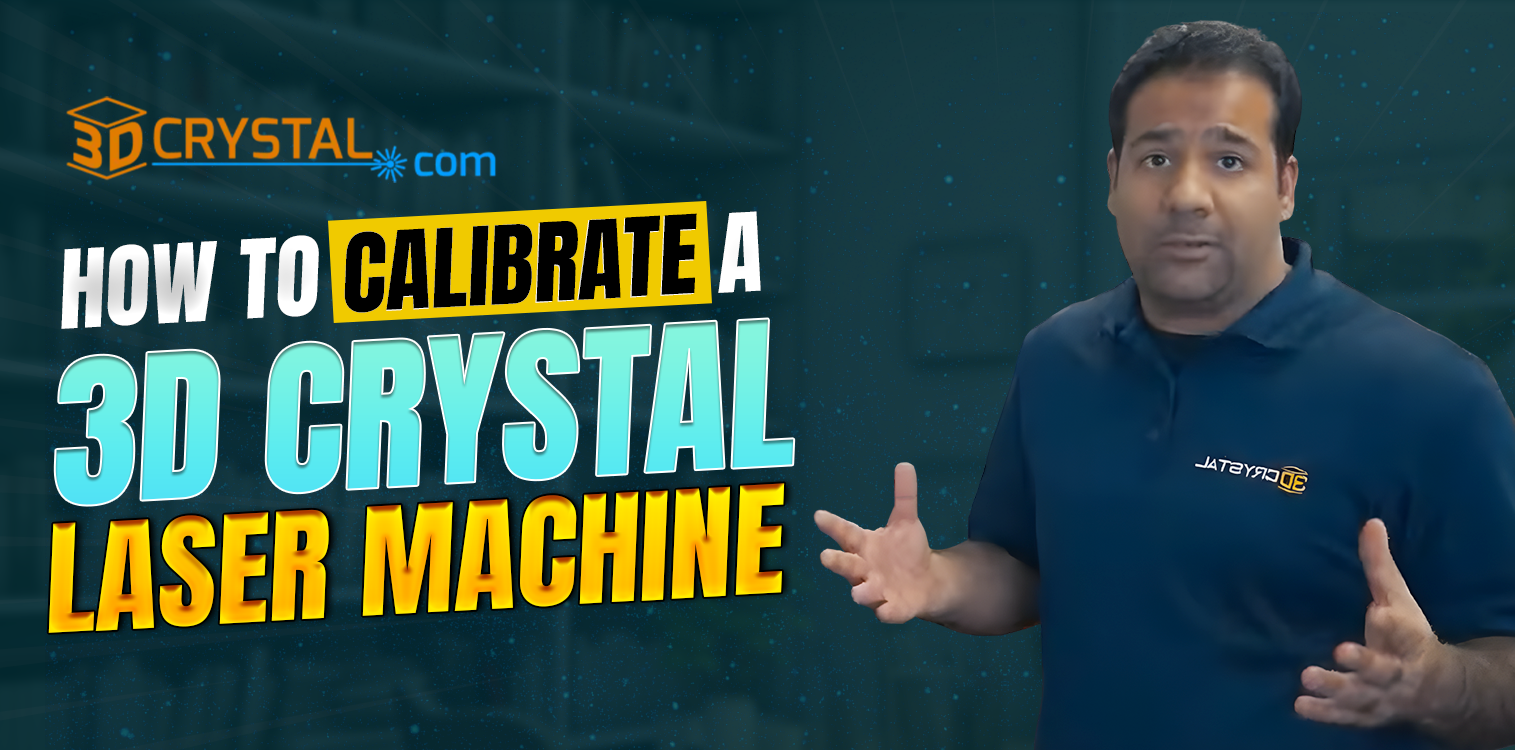
A stunning 3D crystal photo that you receive as a final product is much more than a beautiful picture. It is a true balance of photo optimization, point placement, and precise laser calibration. When people see the sparkle and admire the beauty of the crystal, it is only the laser operator who knows the true effort and craft behind it. It requires careful fine-tuning of the technology.
At 3D Crystal, we’ve spent years guiding operators and partners on how to get the best performance from their 3D laser machines. One of the most common questions we receive is: “How do you calibrate your laser?” The answer lies in understanding three key elements.
The Three Ingredients of a Perfect 3D Crystal
- Photo optimization – choosing the right photo and preparing it for 3D.
- Point assortment – using our proprietary Cockpit3D software to set the ideal 3D point cloud.
- Laser calibration – fine-tuning power and settings to create crisp, bright results.
Why Temperature Matters
Lasers, being extremely sensitive to temperature, should run at room temperature (around 21°C / 70°F) for optimal engraving.
- If too cold, the image fades inside the crystal.
- If too warm, the crystal might end up cracking.
- Over time, extreme temperatures can damage electronic and hardware components.
Maintaining the right environment is the first step toward consistent results.
Finding the Optimal Power Setting
Once the temperature is right, the next step is adjusting the power. Through years of testing, we’ve found that 29 amps is a good starting point for many machines. From there, laser operators should:
- Burn a test crystal at 29 amps.
- Increase gradually by 1 amp (30, 31, etc.) while monitoring the output.
- Stop increasing once faint cracking or melting appears.
- If you see cracking at 31, the best option would be to roll back to the last safe setting. 30 is your sweet spot. And if you want it perfect, nudge in 0.1 steps to fine-tune.
Common issues and their easy fixes
Sometimes, no matter how much power is increased, the image inside the crystal still looks faint. Two common causes are:
- A worn-out diode – in this case, the diode or entire laser may need replacement.
- Dust accumulation on the laser window – This is the most common issue and accounts for over half of the issues reported to us.
A simple solution to restore performance:
- Turn the laser off and unplug it.
- Open the laser head and follow the beam path to the small glass window.
- Gently wipe the window with a clean, white, lint-free cloth to remove dust.
- Reassemble, burn a crystal, and check the results.
We have had situations where one of our partners experienced faint images on the crystals on the peak season-opening day at his kiosk. We were able to save the day's sales with a simple and quick two-minute clean. This brought the sparkle back to the crystal.
Why This Matters
Only a perfectly calibrated laser can engrave a beautiful 3D Crystal picture, which is well-received and admired by the customer. A 3D crystal may have different sentiments to different customers, hence it is extremely important to master the skills of proper optimization and calibration, as it directly affects your customer satisfaction, trust, and sales.
A Gentle Reminder
Do you feel like laser calibration is too much of a task? Do you wish to see more step-by-step guides? Come visit us at 3DCrystal.com and explore our resources created for operators like you.












